
Augmentation rhinoplasty refers to surgery that uses cartilage or implants to increase one or more areas of the nose in patients who have low nasal height due to cosmetic variations, congenital defects, trauma, infection, or certain errors in a previous rhinoplasty.
Nasal augmentation, especially to the extent of requiring an implant, is more popular among Asian patients than Caucasians. Augmentation rhinoplasty among Caucasians is rare, and the amount of heightening is so modest as to require only small amounts of cartilage to create the desired effect.
On the other hand, nasal augmentation among Asian patients is more extensive. In some cases, a variety of implants to improve the nasal dorsum is often needed.
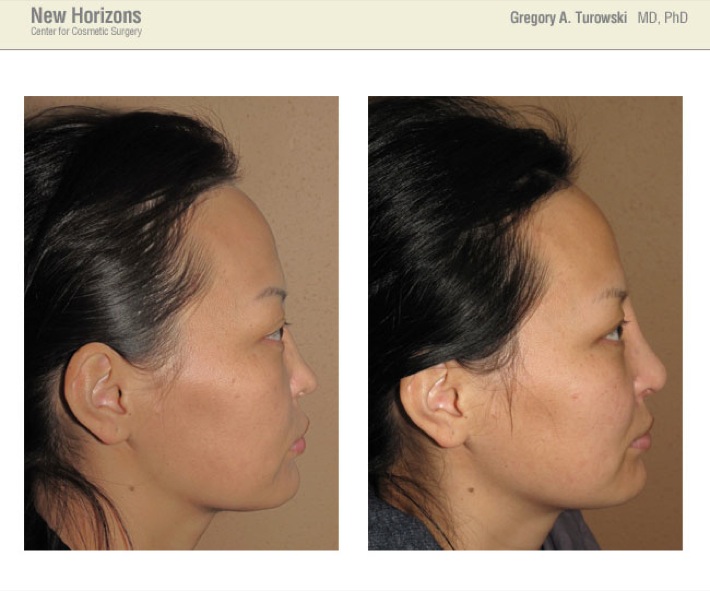
There are two commonly used methods of nasal augmentation; one is with cartilage grafting and the other is with nasal implants. Both work well for different situations.
Nasal implants may be required in cases where:
- The patient has significant need of nasal augmentation
- There is insufficient cartilage available in potential donor sites
- The patient wants to avoid donor site harvest (usually from a rib)
- Nasal augmentation with implants is a quicker and easier procedure
Nasal Implant Procedure
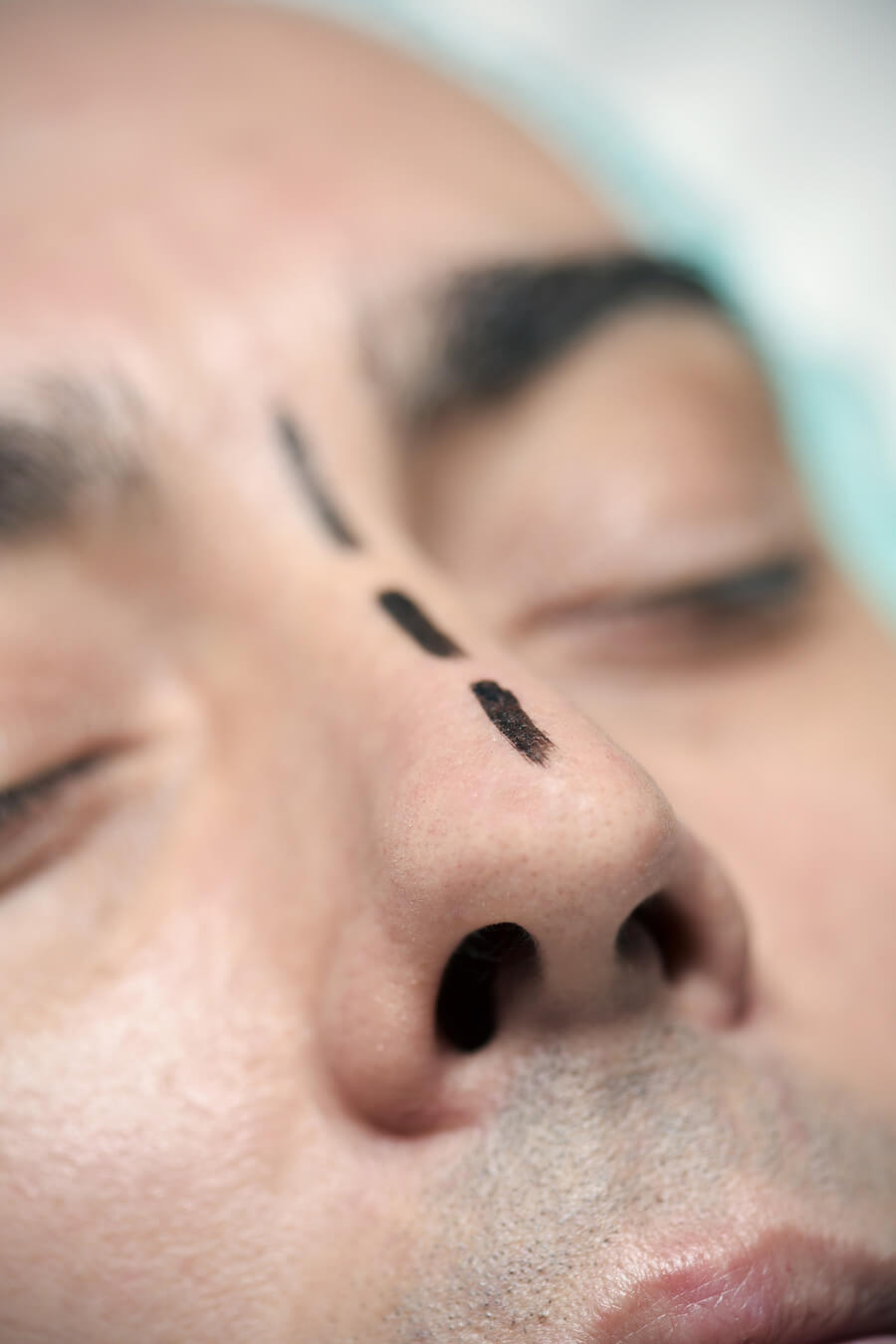
Before the procedure, our surgeons will determine your own specific anatomical situation, including the front view and profile of your nose, nasal length, nasofrontal angle, nasal humps, and facial proportions. These will all be taken into consideration along with current cultural standards of beauty.
The most popular implants are made out of solid silicone material. Porex implants can be used in some cases.
Nasal implant surgery is performed in our fully accredited surgical facility and can be done under local or general anesthesia.
The length of time in surgery will depend on a number of factors including the number and types of implants and whether the procedure is being combined with other types of facial surgery.
Risks
Note that as with all other forms of surgery, nasal implant augmentation is not without risks. Although these are rare, potential risks include bleeding, infection, scarring, nasal deformity, and difficulty breathing. In rare cases implants might have to be exchanged or removed.
Recovery from Nasal Implant Surgery
Following your nasal implant surgery, the nose will be placed in a splint (cast) in order to allow it to heal without external interference or damage and to stabilize implant and reduce swelling. The cast will be removed on your 1-week post-operative visit.
You will experience some swelling in the area and breathing may be labored for a while. However, as the swelling goes down, you should notice a dramatic change in your ease of breathing. Most people are able to return to office type work about 10 days after the procedure and to full physical activities within a month.
*Individual results may vary and there are no guarantees that you will experience the same results as those mentioned here.

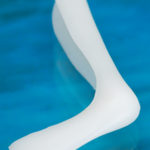
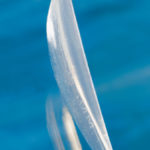
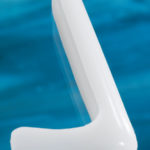

Social media: